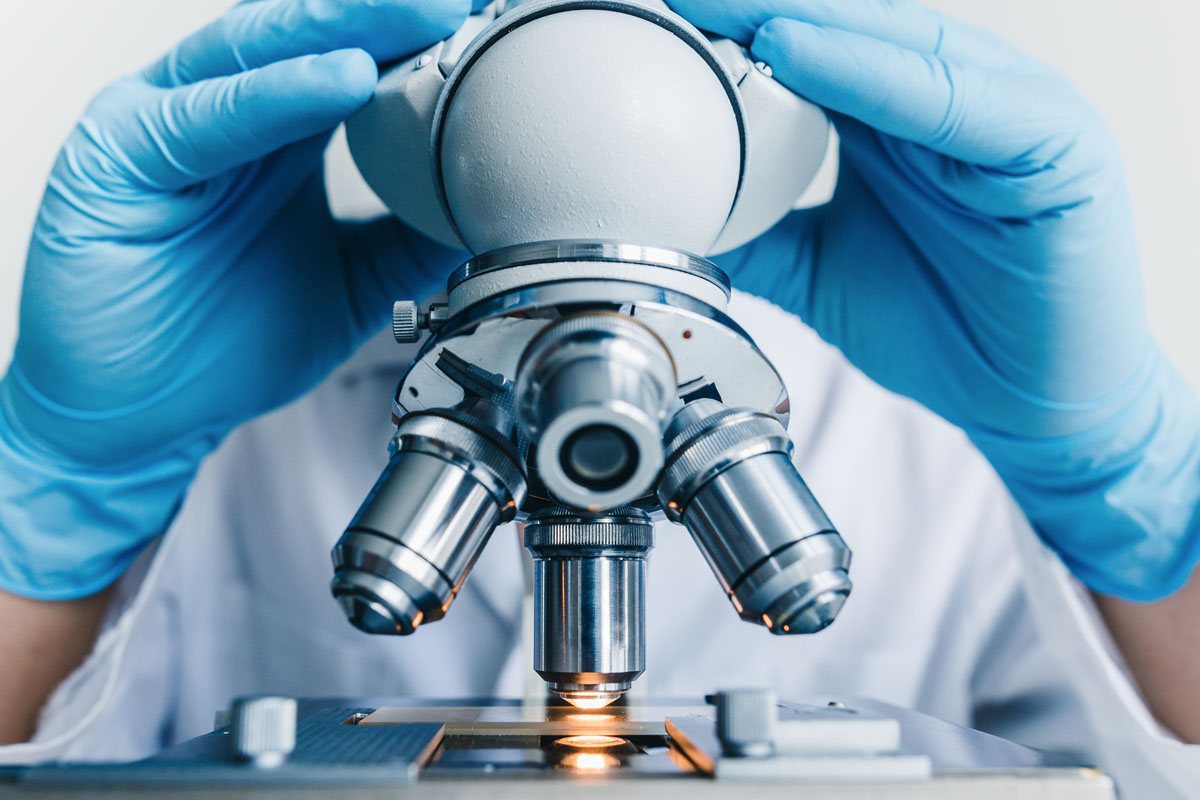Gastrointestinal
GASTROINTESTINAL
Viral and bacterial pathogens are the main cause of diarrhea in industrialized countries.
These pathogens may routinely be underestimated as a cause of diarrhea due to underrepresentation of requests and difficulty recognizing these pathogens in the laboratory. PCR, a molecular technique, can be used to precisely analyze the genetic material of pathogens. Core quickly identifies pathogens so effective treatment can begin sooner. Accurate diagnosis within 24 hours with real-time PCR for pathogen identification.
Clinical Advantages
- Prevents Delays in Diagnosis & Treatment
- Detects Polymicrobial Infections Simultaneously
- Unaffected by Concomitant Medications
- Reduces Unnecessary Drug Exposure and Adverse Events
- Decreases the Progression and Spread of Infection
- Improves Selection of Narrow-Spectrum Antibiotics
QUALITY, FAST
Rapid and accurate solution eliminates guesswork in diagnosing and treating gastrointestinal infections.
Infectious diarrhea is a common complaint among patients seeking medical advice and, despite progress in both diagnosing and treatment, still remains one of the leading causes of morbidity and mortality worldwide. The spectrum of pathogens responsible for such infections varies with age and geographical location. Viral and bacterial pathogens are the main cause of diarrhea in industrialized countries. These pathogens may routinely be underestimated as a cause of diarrhea due to underrepresentation of requests and difficulty recognizing these pathogens in the laboratory. Core quickly identifies pathogens, so effective treatment can begin sooner.
Experience rapid relief with a quick, accurate diagnosis.
BENEFITS OF PCR
Accurate diagnosis within 24 hours with real-time PCR for pathogen identification.
PCR, a molecular technique, can be used to precisely analyze the genetic material of pathogens. PCR test provide a more definitive diagnosis than POC antigen assays and are more accurate than conventional culture.
PCR testing aids in quick clinical decision making, antibiotic stewardship and in detection of polymicrobial infections. This method also reduces potential unnecessary drug exposure and false negatives.

